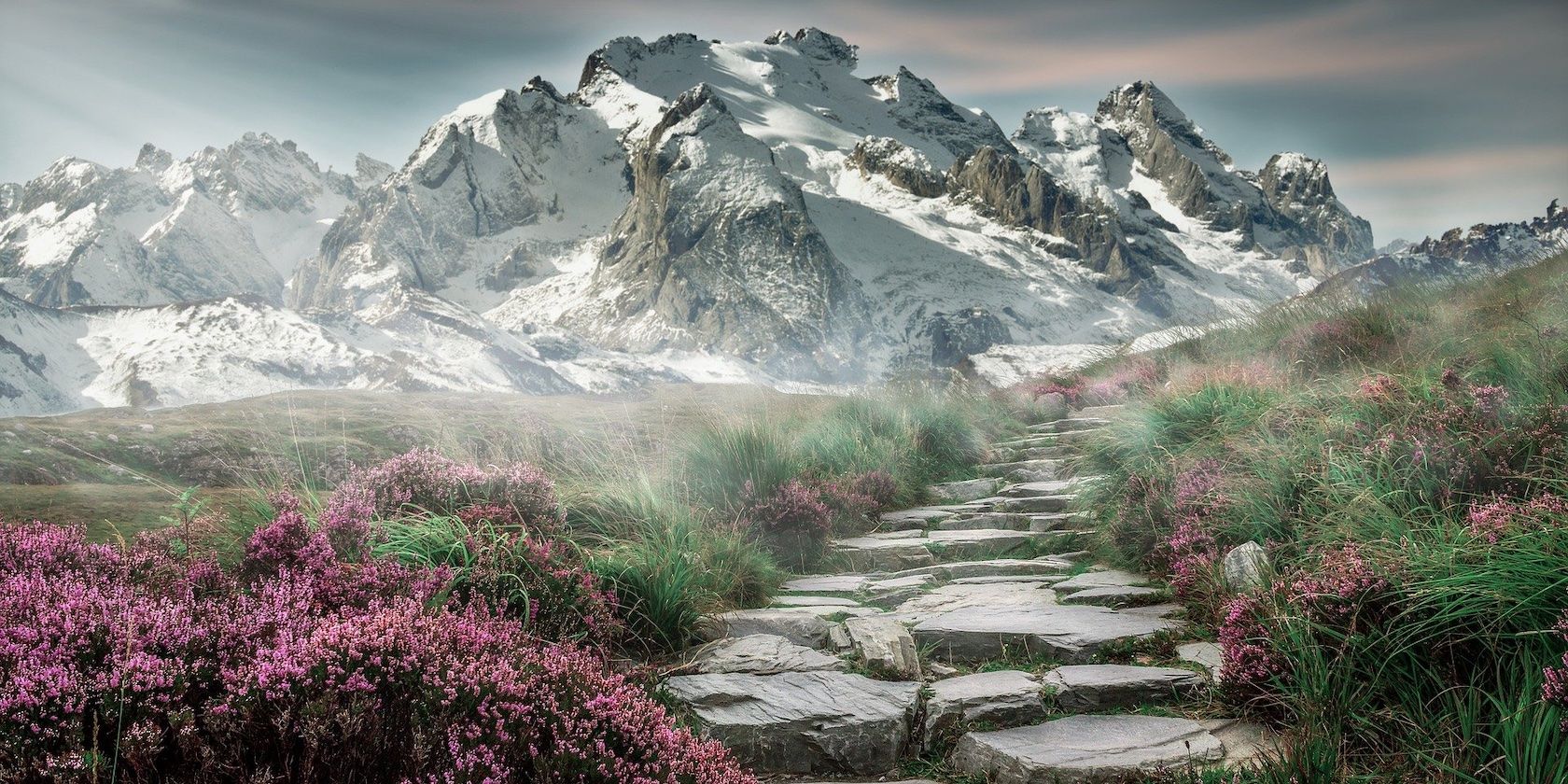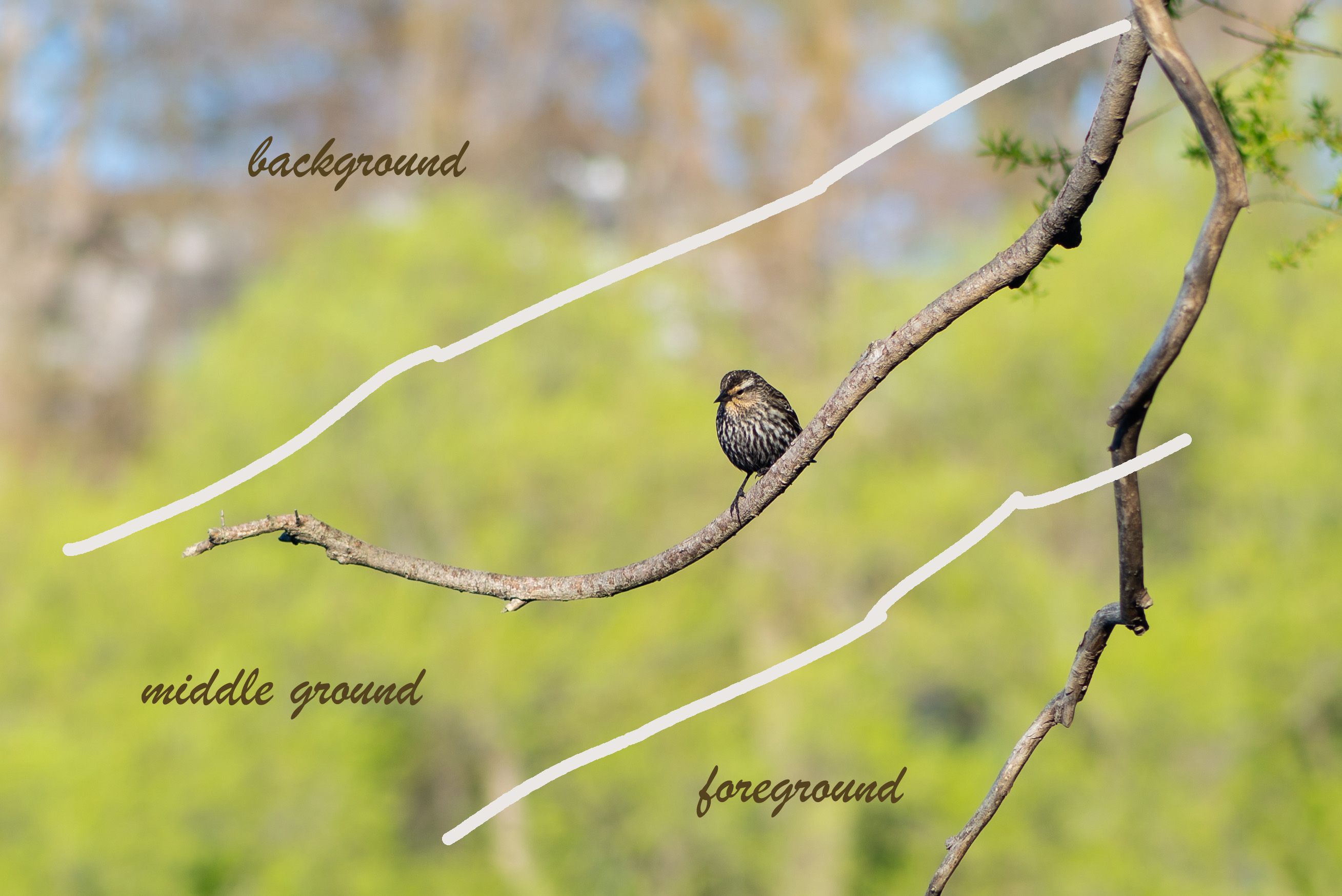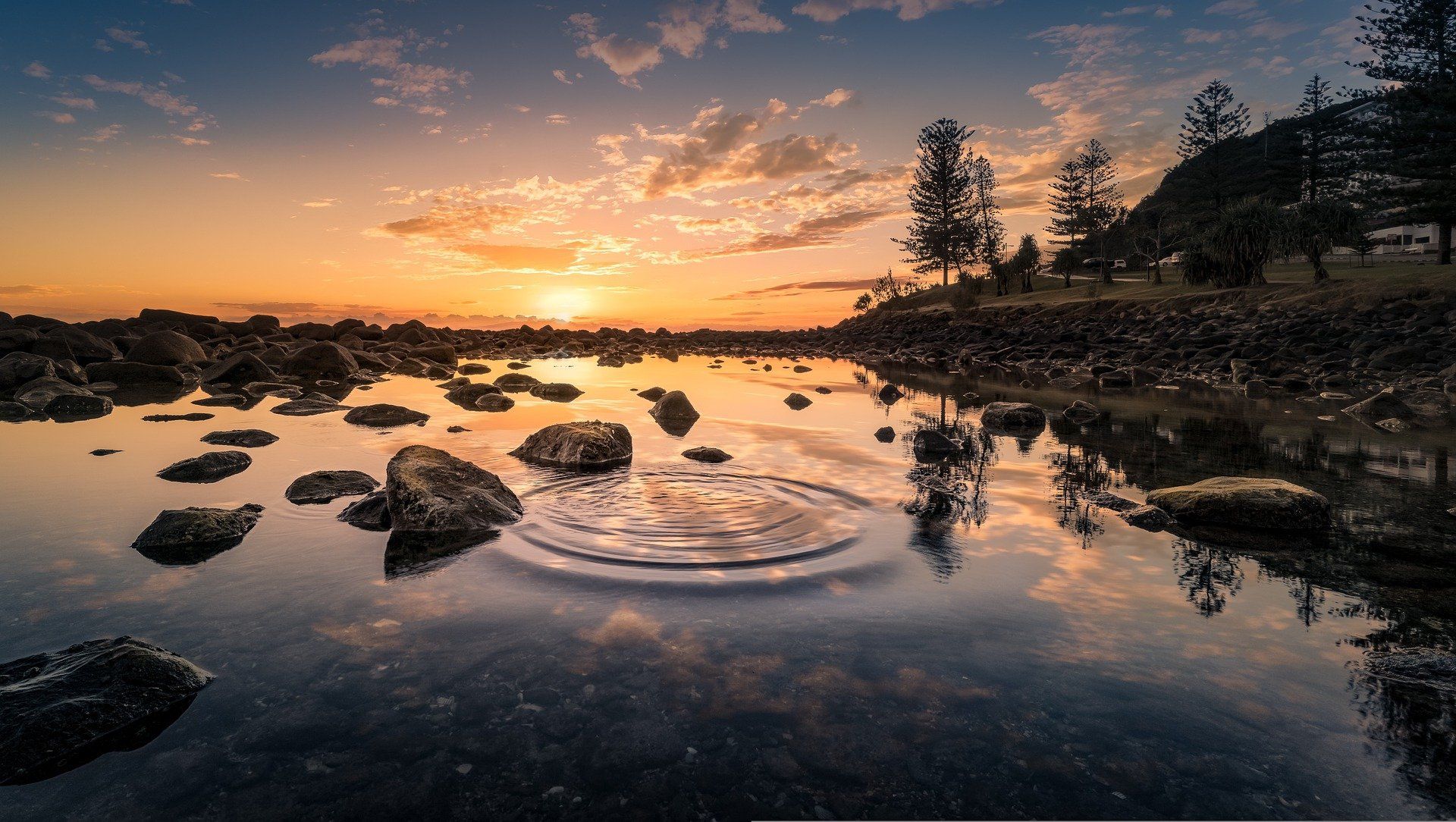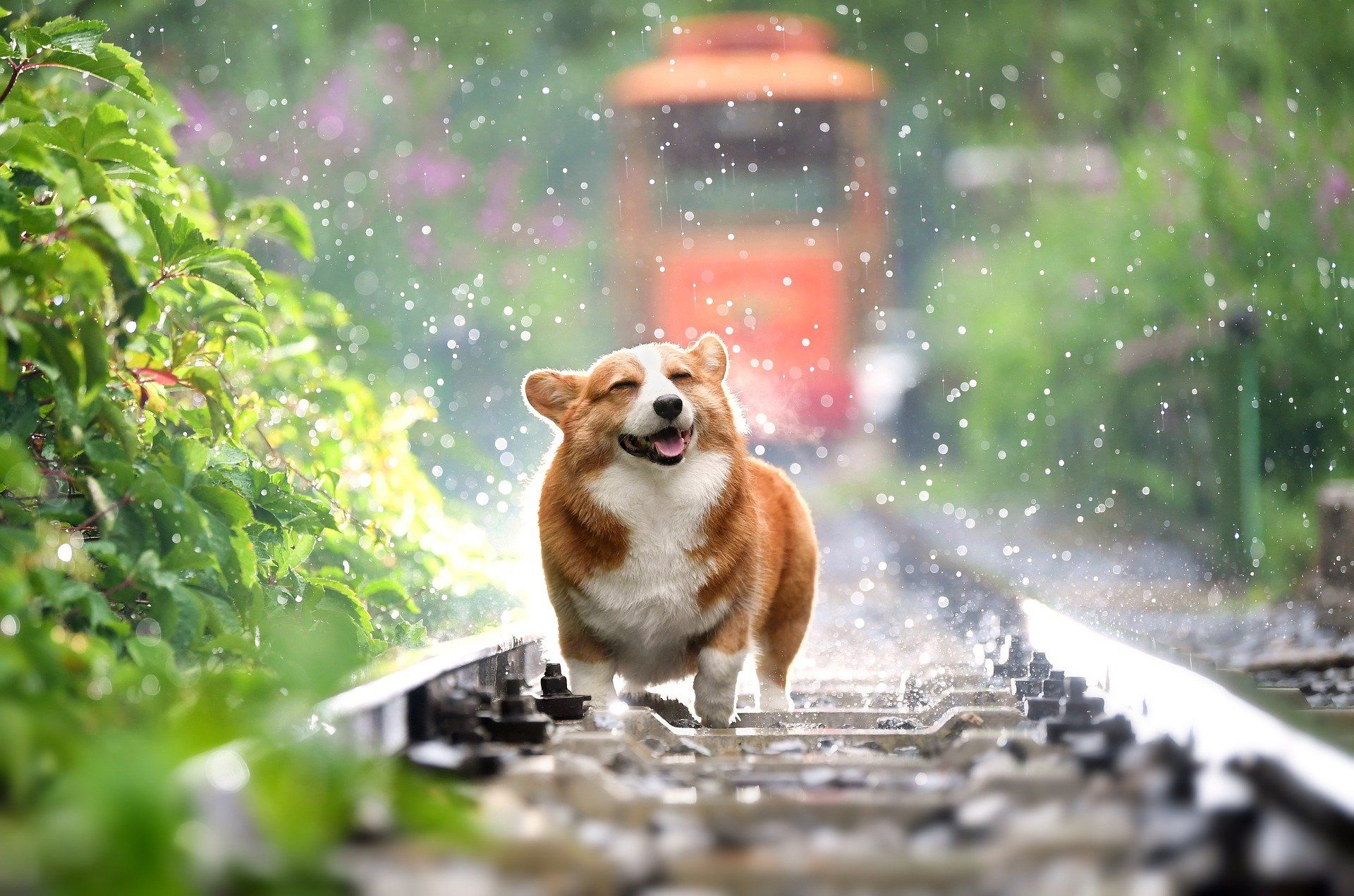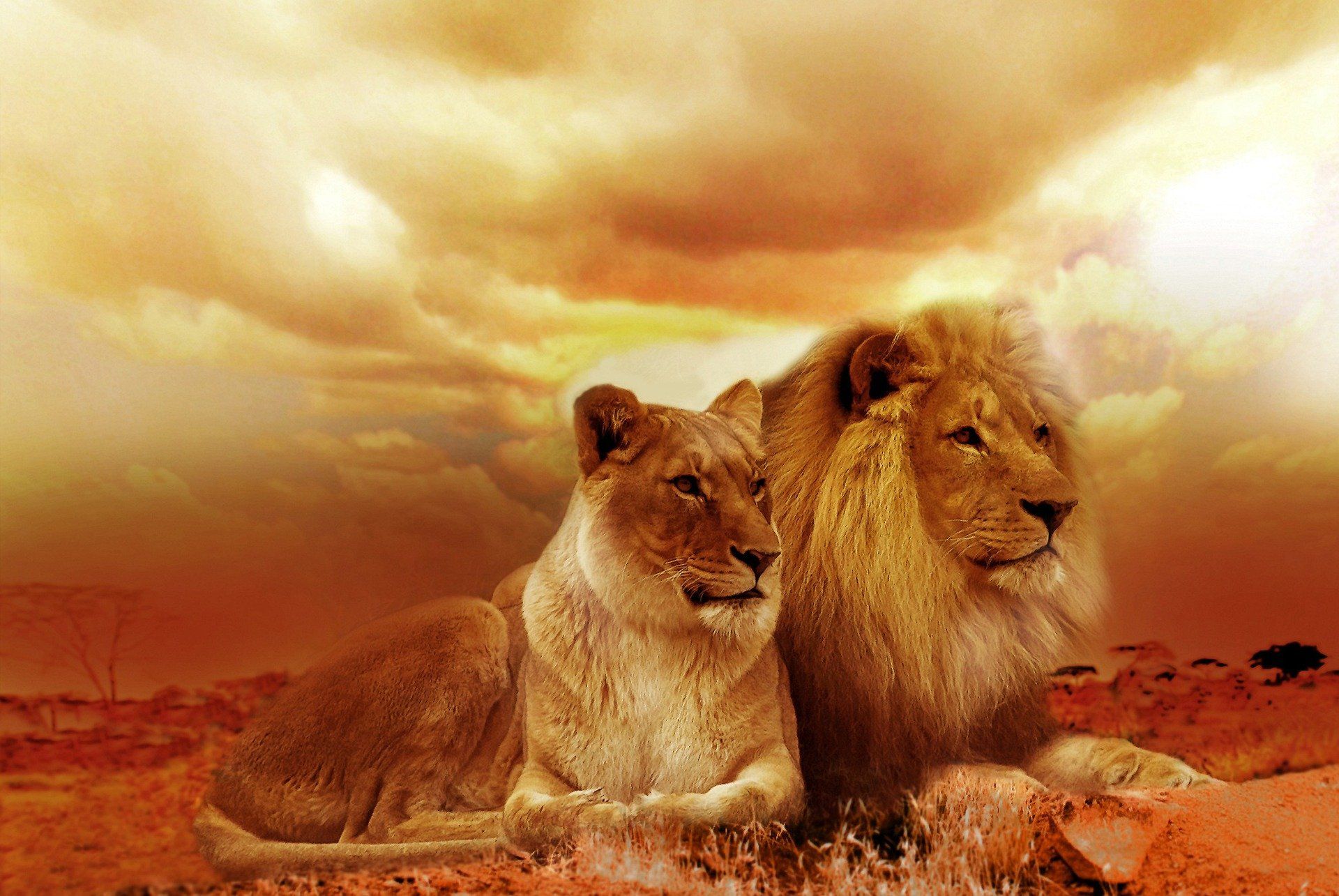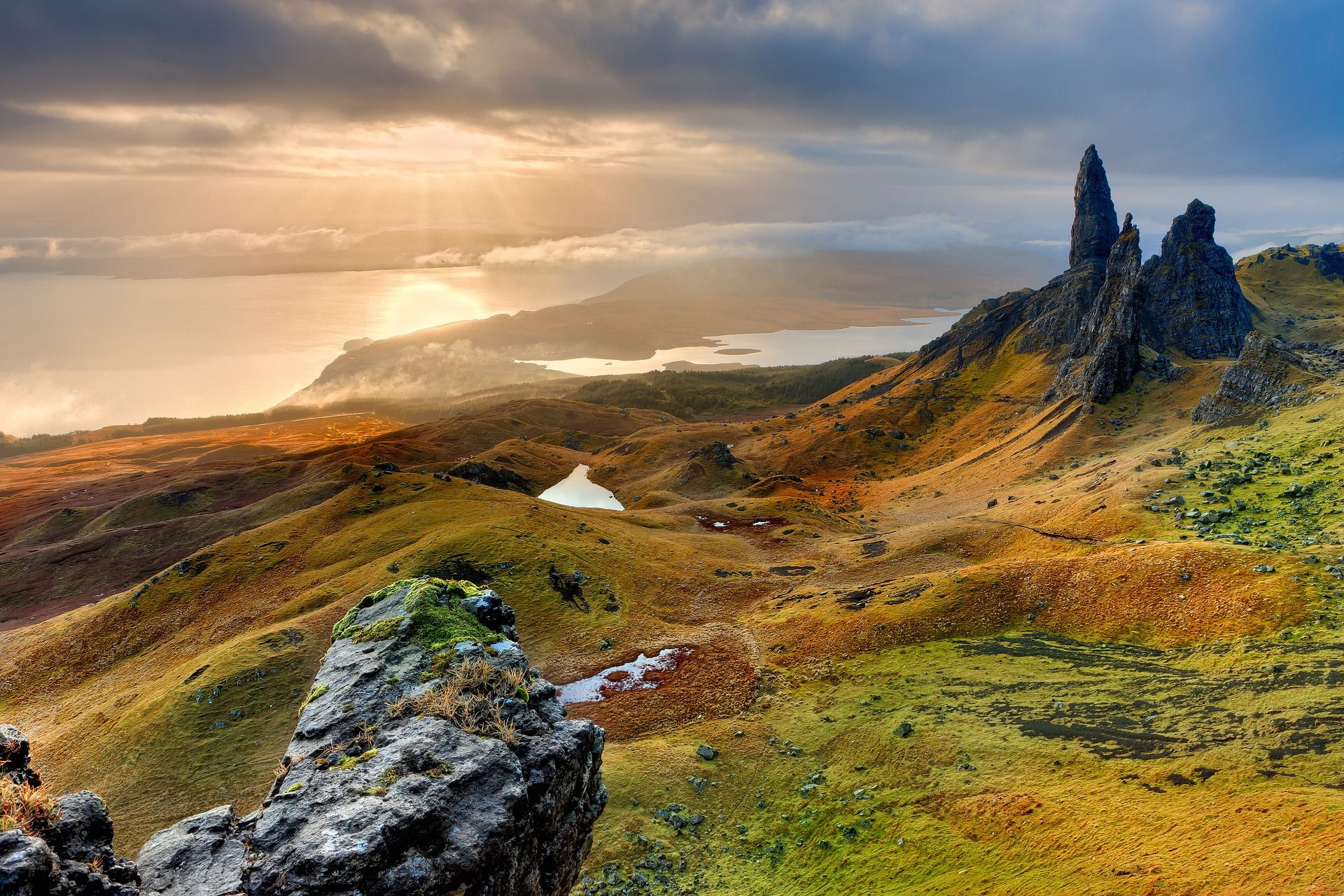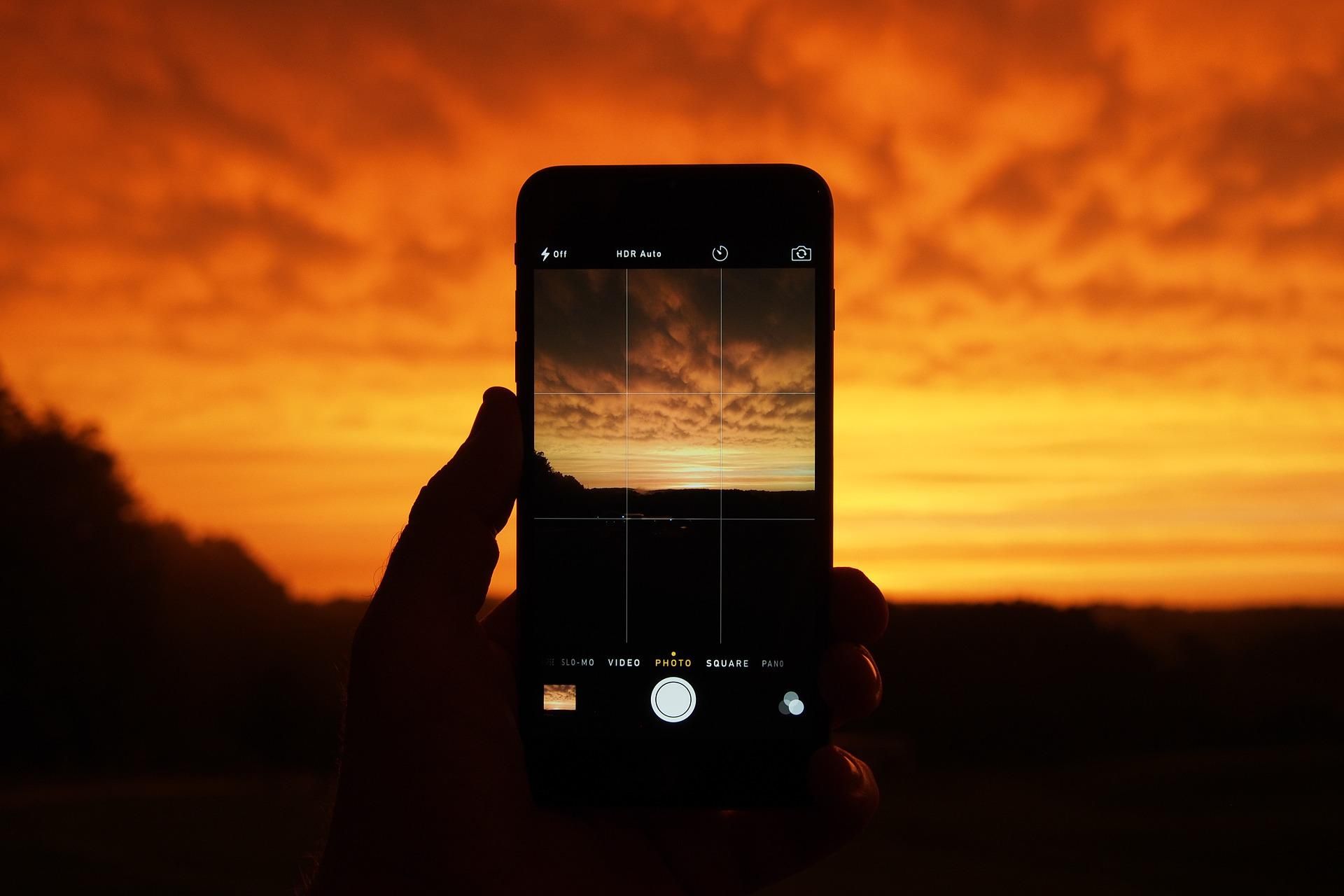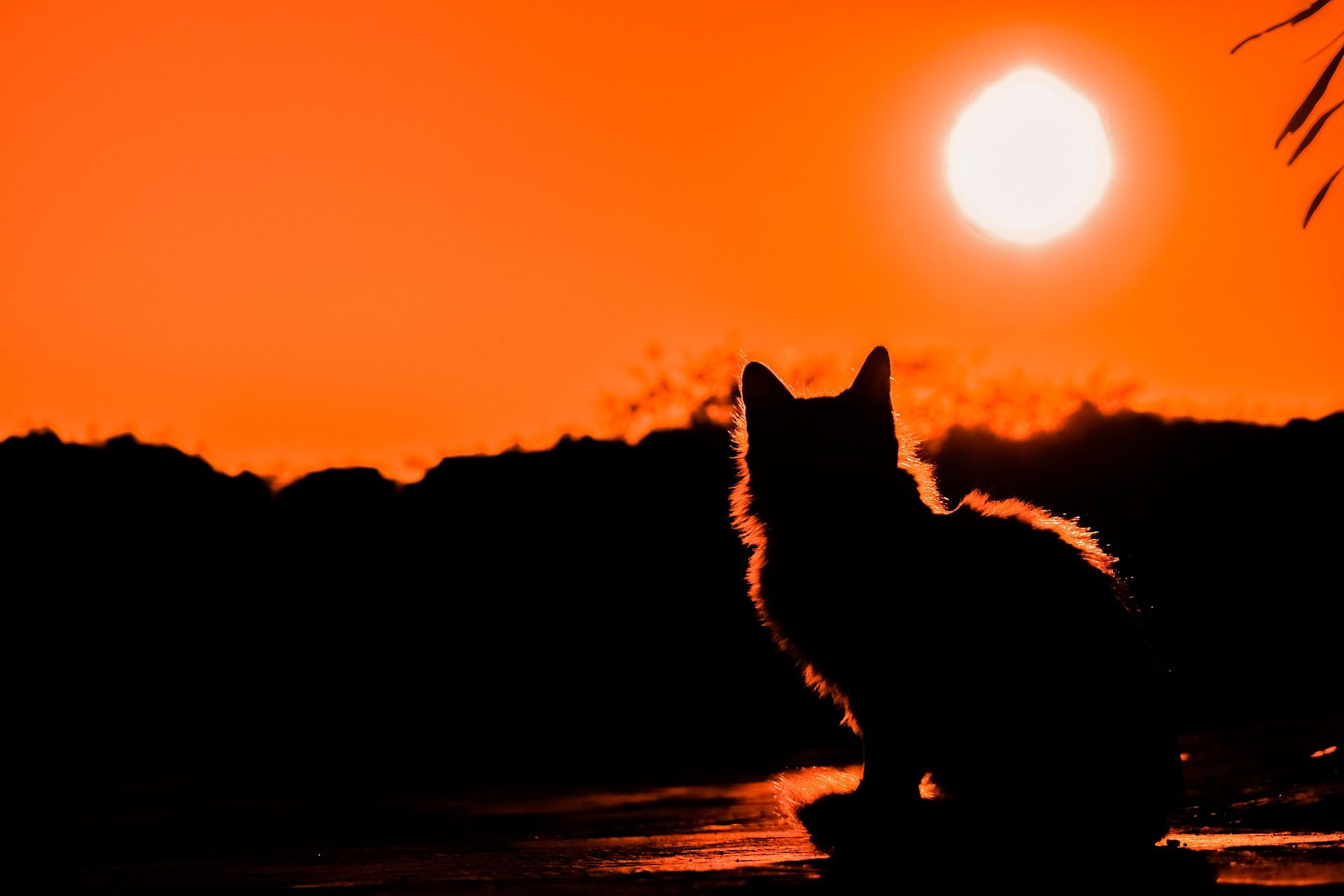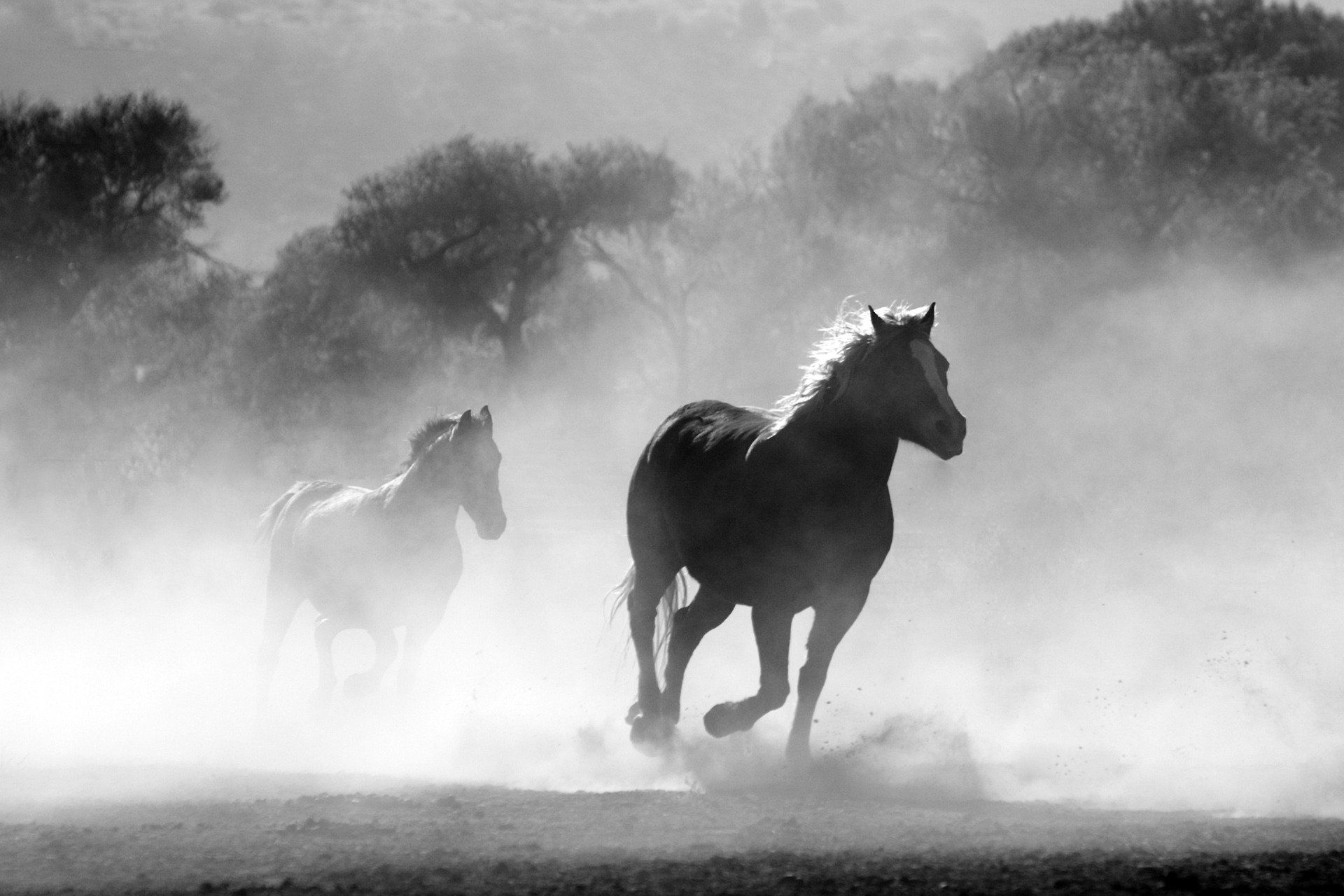Do you always feel that your photos lack punch? Or perhaps you wonder why your photos are looking flat. It's not your subject's fault—nor is it your camera or lens' fault. Instead, blame it on bad composition.
Composition is one of the key things that beginner photographers often overlook. You can quickly master camera settings, but you need time, patience, and practice to grasp various compositional techniques.
One way to take eye-catching photos is to add layers to your composition. Are you interested to learn more? Let's dive in.
What Are Layers in Composition?
You've heard it many times: keep your composition simple. While it is true that a simpler composition can be great for most photos, adding layers in a structured way can level up your photography.
When we say adding layers, it is not the same as adding layers in post-production software but adding visual interests in different layers while composing your scene.
A quick way to add layers to your composition is by separating your image into three parts: foreground, middle ground, and background. Once you know these three parts, you can strategically place interesting elements in each to take compelling images.
Your images can have more than three layers, but we usually merge them together and perceive them collectively as three layers.
Why Add Layers to Your Photos?
As you can see, adding layers to your composition is quite simple. You just have to train your eye to see the layers before composing.
Adding layers is one of the surefire ways to take professional photos. It can make your images pop, especially if you include other compositional rules like the rule of thirds, leading lines, symmetry, perspective, and so on.
Here is why layers are so effective.
Add Depth to Your Photos
Photography is a 2D medium, and if you want to project your beautiful 3D world in 2D images, you need to pay attention to many things, including shadows, highlights, and composition, to add depth to your photos.
When you add details in the foreground and background, they provide depth to your photos by adding a third dimension. This practice will also ensure your images do not look flat.
In addition, having layers help guide the viewer's eyes between them.
Provide a Sense of Place and Space
The sweeping seascape vistas or the dreamy waterfall photos you see on Instagram usually have some visual interests, like rocks or tree branches in the foreground. Adding a foreground and background shows the viewers a sense of space.
Although this is crucial for landscape photography, other types of photography also benefit from adding layers.
Showcase Details
When you put your subject in sharp focus and blur out the other layers, you emphasize your subject more. At the same time, you're also capturing the subtle details around your subject.
When you add layers, you can include shapes and textures in your images. Try different perspectives along with layers to make your subject stand out more.
Enhance Your Narrative
Adding layers is not only going to give your photos depth and dimension, but it will let you see the big picture and tell the story of your photo more effectively. For example, adding flowers in the foreground of your portrait can give it a summery feel. Or, including a misty mountain in the background can better show your viewers the mood.
How to Add Layers to Your Photos
The main thing to note while adding layers is checking the visual weight in your composition. Avoid adding too many elements wanting attention in all three layers.
Keep your main subject in one layer and add the secondary elements in the rest of the two layers. You can also do this by keeping one layer in focus while blurring out the other two layers.
Here are some tips to remember.
Know Your Subject
You should first identify your subject to use layers in your composition correctly. For example, a vast water body or a huge mountain is not a proper subject. Instead, find a subject like a boat or a building to make your composition powerful.
Then, add the layers with secondary elements so that your subject will catch your viewer's eyes.
Step Back
Cropping your scene very tight can be counterproductive in many instances. So, remember to move back or zoom out your lens to see the relevant details you can add to make your photo more attractive.
Capture as many elements as you can, and you can later crop them out in post-production. There are many benefits of owning a wide-angle lens, and it can help you see in layers too.
Use the Grids on Your Camera
This is a simple and easy rule to improve your composition. It can also be a great tool to segregate your scene into three layers. When you're composing the scene, having the grid lines will help you visualize the layers easily.
You can also try this with your iPhone—you don't need your camera to learn to add layers. Here are some great iPhone photography tips.
Play With Light
You can add layers without adding any elements to them. Adjust the highlights and shadows and place them in different areas to get the same effect as adding layers. Photography is all about light and shadows, so learning to manipulate them can make you a better photographer.
Shoot in Black and White
Black and white photography is not for everyone, but it usually simplifies your scene by removing distractions due to color. And, it is easier to find clutter when your photos are black and white. If you try black and white, you will be able to see how and where to add your layers clearly.
Also, shooting in black and white brings out the textures and shapes in your scene.
Try Different Compositional Techniques to Make Your Photos Shine
When we think of photographers, we usually think of someone with the latest camera, a long lens, and many other gadgets. But, what makes a great photographer is not the gear but how they manipulate light and try different compositions to bring out their subject.
If you are looking to improve your photography, start by focusing on composition. Then, try adding layers as the next step. Take simple shots and compare them with those with layers. Experimenting by trial and error can train your eye and help you advance in your photographic pursuits.

